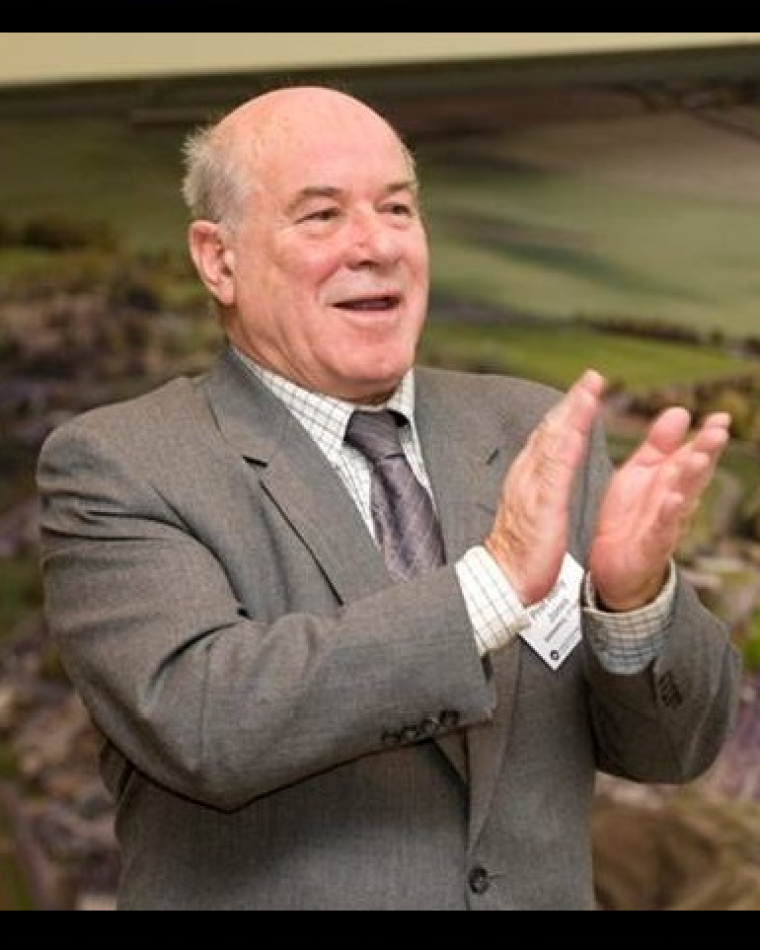
Harry (Henry) Jones
Harry (Henry) Jones
Contact Menu
Professor Harry Jones – Scientist and Educator
October 6, 2015 (PO39). Professor Harry (Henry) Jones CSci, CEng, CPhys, FInstP, MIET, who has died aged 70 on 24 August 2015, was a Professor of Condensed Matter Physics at the Clarendon Laboratory, Oxford University. He worked there for 44 years until his retirement in 2012. He led the High Magnetic Fields and Superconductivity group for nearly 30 years which was de facto the UK National High Magnetic Field Laboratory and during that time supervised 14 PhD students and 10 post-doctoral researchers. He was an inspirational colleague and researcher. At Oxford University, his main research interests were in High Magnetic Fields, Superconductivity, and Cryogenics. As a research supervisor and leader, he brought with him an intense curiosity and drive to discover new and useful science, as well as a strong personal warmth and good humor.
Harry was born on 14 February 1945. He grew up in Lincolnshire and attended The Havelock Grammar School in Grimsby. He was recruited by the Atomic Energy Research Establishment at Harwell and after his training, posted to the Electronics and Applied Physics Division. In 1968, he joined the Magnet Group at Oxford University under Professor Kurti, FRS. Harry helped to equip the laboratory with superconducting magnets that including the celebrated multi-user mobile 16.5 T magnet system that was the world's first superconducting magnet above 15 T as well as the world's first operational hybrid magnet. Harry was one of Europe's leading scientists producing pulsed magnetic fields. In 1987, he pioneered the development of a unique high strength composite copper and steel conductor that broke the 50-tesla barrier for pulsed fields and eventually lead to the world's first non-destructive measurements in magnetic fields above 75 Tesla. His many invited seminars and fellowships enabled international colleagues to invite him to help develop the strategy for higher pulsed fields in Europe, Japan, and the USA. He was always interested in developing novel difficult measurements and was recognized as one of the world's experts for accurate measurements of the critical current density (Jc(B, T)) and induced resistive transition (IRT) of both low temperature and high-temperature superconductors.
Harry served on numerous technical committees and produced over 150, refereed scientific publications. From 2005, he served for a decade as Chairman of the British Cryogenics Council and served on the committee of the UK Magnetics Society from 2010. These interests echoed the strong collaborations with industry he pursued throughout his career. He was also Chairman of The Scientific and Advisory Committee HMFL at Dresden and the Europe-US 100 T council.
Harry is remembered with affection by his friends and colleagues and will be greatly missed. He is survived by Linda, his wife and lifetime love and companion.